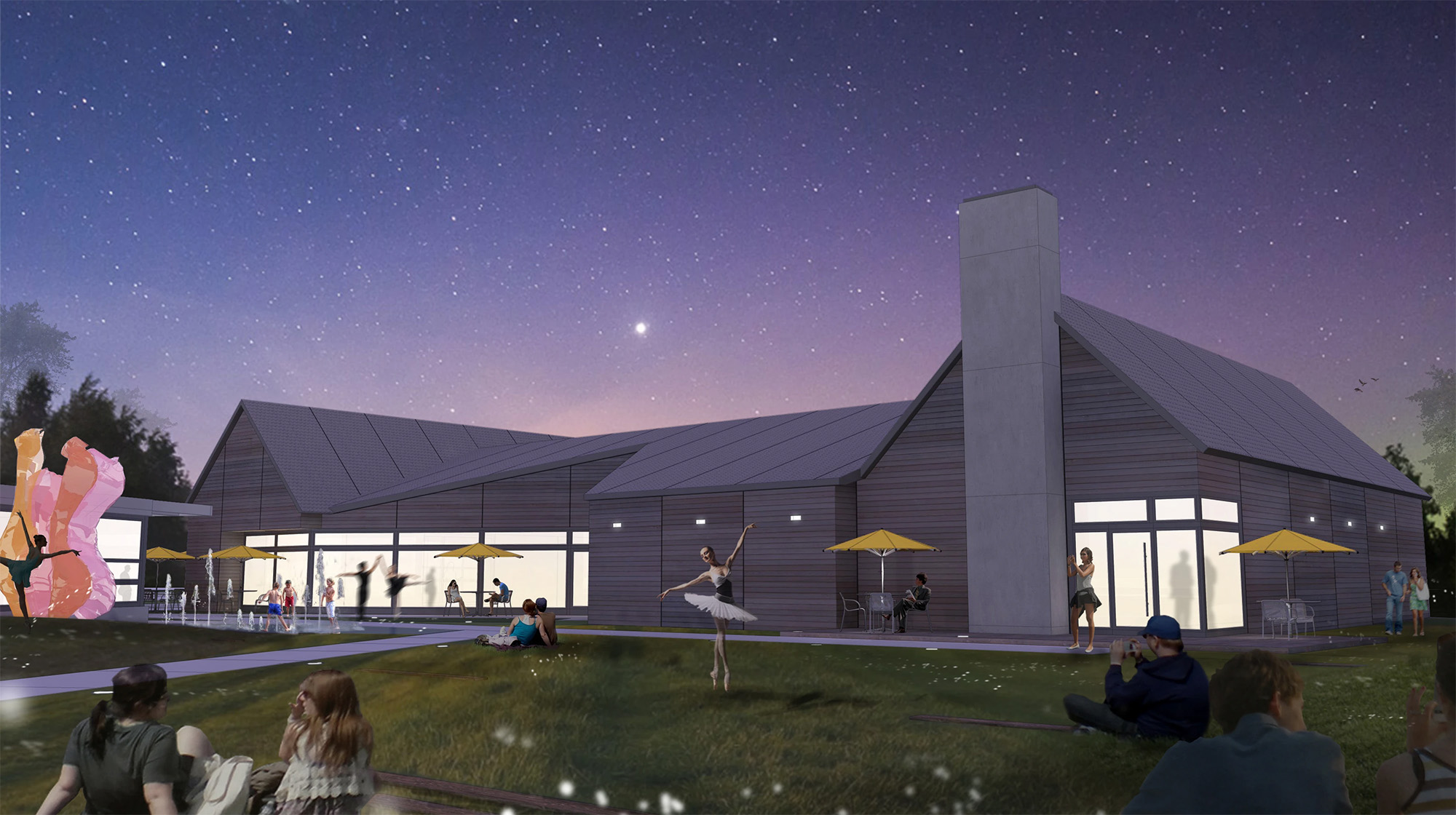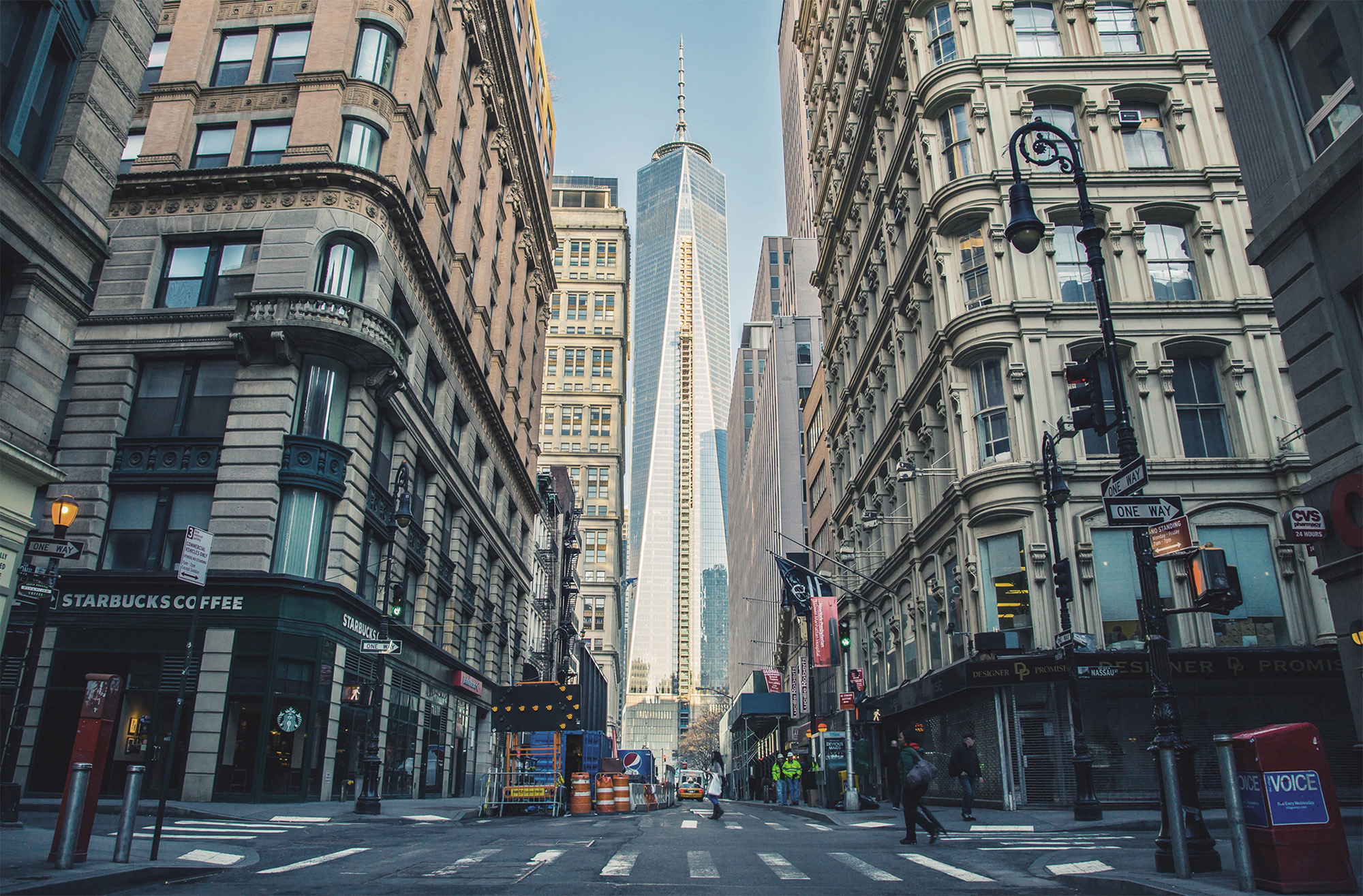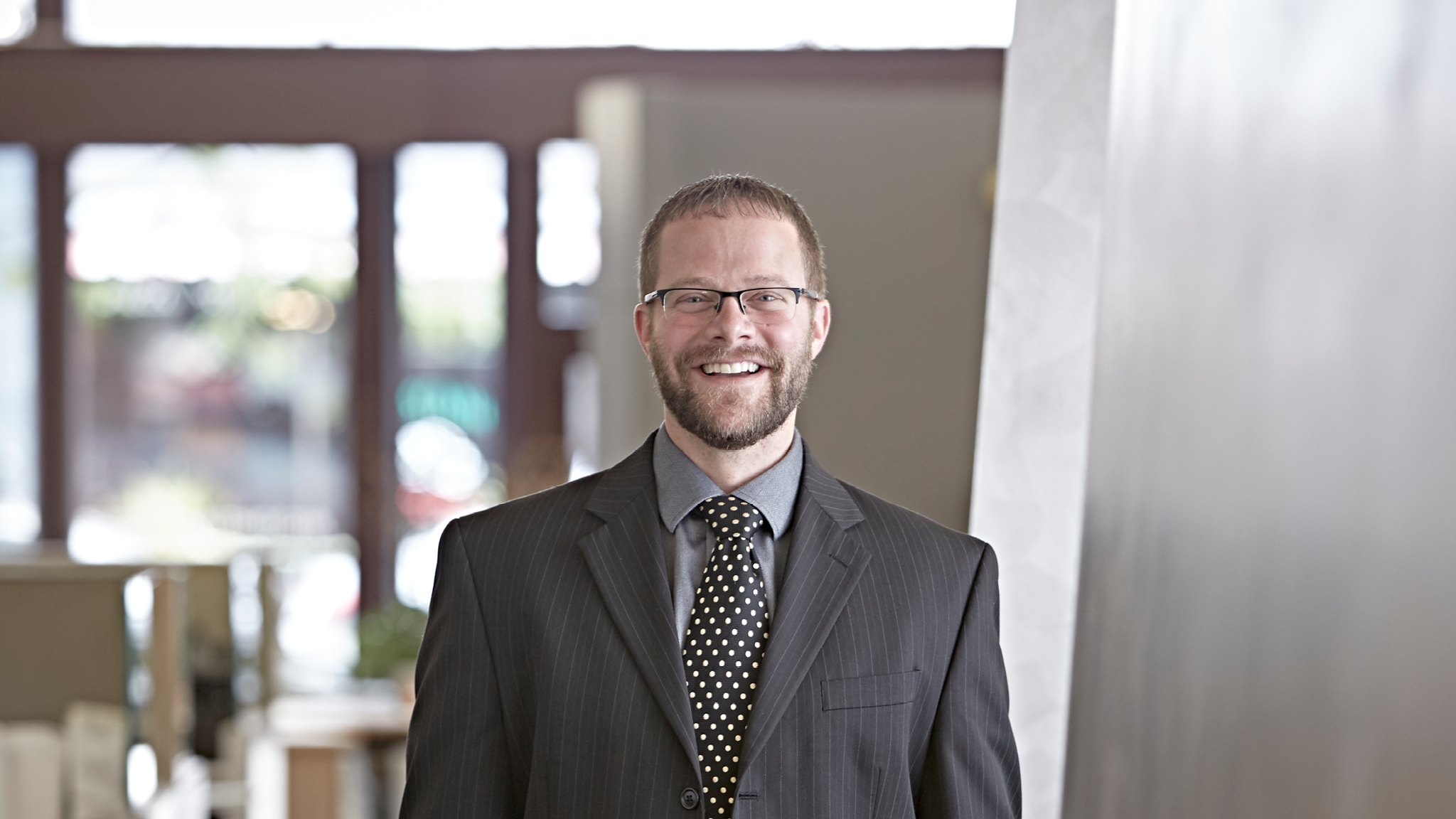The laws and regulations that define economic development within our cities have had a direct impact on public health for centuries.

The backbone to every good neighborhood is a functioning relationship among three places: home, work and social hubs. These hubs, more commonly referred to as “third places,” are the gatekeepers to our community’s personality. They are the landscapes in which we interact and, in many ways, frame our perception of the world.
In his book, “The Great Good Place” (1989), Ray Oldenburg formally defined a third place as “a generic designation for a great variety of public spaces that host regular, voluntary, informal, and happily anticipated gatherings of individuals beyond the realms of home and work.” From historic churches to local pubs, these are the magical places that shape our lives. They are where we tell our stories, meet our spouses and share our dreams with sympathetic friends.
What makes a good third place can be most easily explained by watching a “Cheers” rerun, a show whose theme song itself could serve as an anthem for third places everywhere. “Sometimes you want to go where everybody knows your name, and they’re always glad you came. You wanna be where you can see our troubles are all the same.”
And while a place’s décor matters, something else matters more. Every third place needs a Sam Malone, the bartender played by Ted Danson, who formed the locus of the “Cheers” community. A third place needs someone who engages us and makes us feel welcome. More importantly, it needs someone nudging us to be ourselves.
When Oldenburg defined third places, he outlined three distinct features that make them effective. From barkeeps to librarians to pastors, the facilitation of a meaningful third place centers on the ability to provide three key attributes:
Neutral ground: Places “where individuals may come and go as they please, in which none are required to play host.”
Leveling: Places that permit people to know each other “in a different and fuller aspect than is possible in the workplace.”
Accessibility: Places that are available any time of the day with “assurance that acquaintances will be there … whenever the demons of loneliness and boredom strike.”
Third places come in all shapes and sizes. They also aren’t always what they appear to be. A brewery may be a therapist’s office or a coffee shop might be a senior center. Recently in Chicago the Mathers Foundation created Mather’s – More than a Café, a senior center disguised as a Starbucks. Their staff isn’t evaluated by their barista skills, but by their ability to emotionally connect with patrons. The word “senior” doesn’t appear anywhere. It’s simply a place where “everybody knows your name” – and you know theirs.
In a world of Facebook and suburban isolation, it’s important we protect our third places. And as the region continues to value the influence “quality of place” initiatives should have on economic development, we need to appreciate the impact these places have on the well-being of our neighborhoods.
The article first appeared in the September 2016 issue of Fort Wayne Magazine and was also featured in fortwayne.com’s Eyes on the Street.


